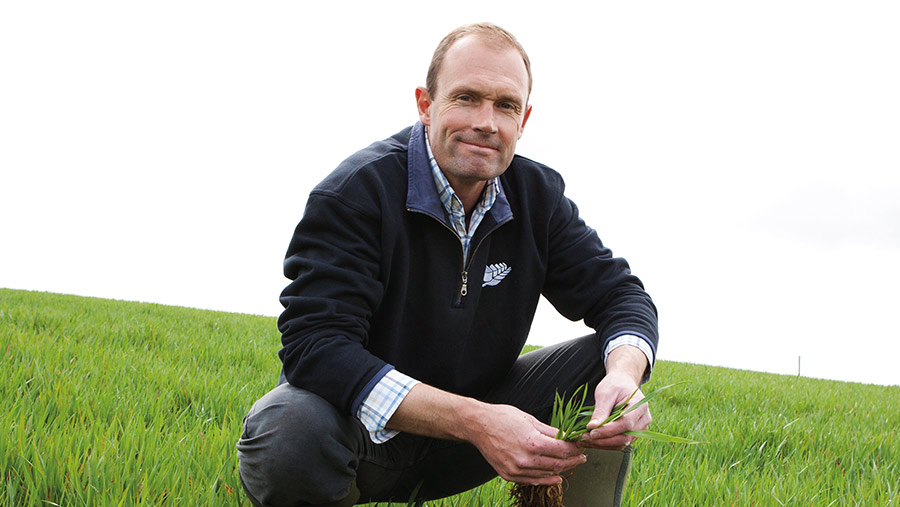Farmer Focus: Time to consider cutting fungicide spend
 © Alexandra Joseph
© Alexandra Joseph Another year of conditions turning from soaking to parched overnight is making me glad I’ve reined back the spring cropping a bit.
The accompanying frosts have delayed our first plant growth regulators, and the first lamb to arrive had a -4C shock. This means cereal disease levels are low to non-existent, so surely we should cut the fungicide spend on Extase and spring barley right back for now?
I know the usual “it could all change rapidly when it rains” warnings abound, but if we don’t respond to the situation, we may as well get rid of our agronomist and simply follow a preordained template.
See also: Video: Potato planting races ahead in rejigged farm rotation
Many moons ago, I hosted some independent trials which found no financial response to fungicides – in that year, on my site – although I’m aware readers in Cornwall may be sighing deeply at this point.
If the dryness continues, I wonder whether my various biostimulant experiments will be equally unresponsive, or if they will help.
One trial I have had a very stark result from is establishing oilseed rape after ploughing. This strip was completely decimated by flea beetle, with the min-till less so and the direct drilling the least. I am hoping to replace this method with subsoiler seeding next season.
It doesn’t look like baling the previous straw helped, either, but when your livestock are desperate for it, it’s tricky.
I recently managed to have a very relaxing few days away in Norfolk. Much as I love the job, I find it so valuable to get away from the farm from time to time, as it’s the only way I can even hope to switch off for a while, which must be important in these stressful times.
Of course, I still end up looking at every field I pass and marvelling at the fenland soils along the way – and then the number of hares, deer and open gateways once I get to my destination.

